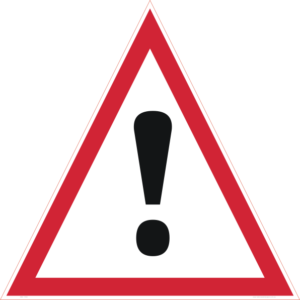Dangerous Cows
26 February 2018 While discussing rations for cows approaching calving the farmer asked “what is the quietest breed of cow” as he had increasing problems with the daughters of a bull he had bought just to breed homebred replacements. His comment was “I have just over 200 cows to calve and most of the time I am here by myself and it can get quite frightening although thank god I have been lucky so far” – something I am sure all of us can sympathise with.
While discussing rations for cows approaching calving the farmer asked “what is the quietest breed of cow” as he had increasing problems with the daughters of a bull he had bought just to breed homebred replacements. His comment was “I have just over 200 cows to calve and most of the time I am here by myself and it can get quite frightening although thank god I have been lucky so far” – something I am sure all of us can sympathise with.
Unfortunately all breeds have some aggressive animals even though the majority claim docility as a major strength for their specific breed. The simple message to all breed societies, apart from the Limousin, is that their customers are increasingly ranking docility as an important characteristic, particularly when breeding replacements.
Unfortunately at present there is no simple or more importantly safe way to monitor docility of cows at calving. There is however some suggestion that it is slightly correlated with the “excitability” of animals when being handled, particularly when they are in the crush. This is the basis for the Docility EBV which the Limousin Cattle Society have been producing for several years.
The response from most other breeds was to grin and suggest “the Limousin breed had a real need for a Docility EBV” – a poor excuse for them just doing nothing. What all other breeds are saying is –
- The safety of their customers is not a priority for them and
- They have no interest in improving the eating quality of their stock and in particular eliminating the occasional very poor eater. Australian work with Docility EBVs has clearly shown the negative affect excitable/wild stock have in terms of eventual eating quality.
Lets hope all breed societies make it their New Year’s resolution to begin to develop Docility EBVs for their own breed before their commercial customers start keeping their hands in their pockets at the sales!
Basil Lowman, basil.lowman@sac.co.uk
Sign up to the FAS newsletter
Receive updates on news, events and publications from Scotland’s Farm Advisory Service
